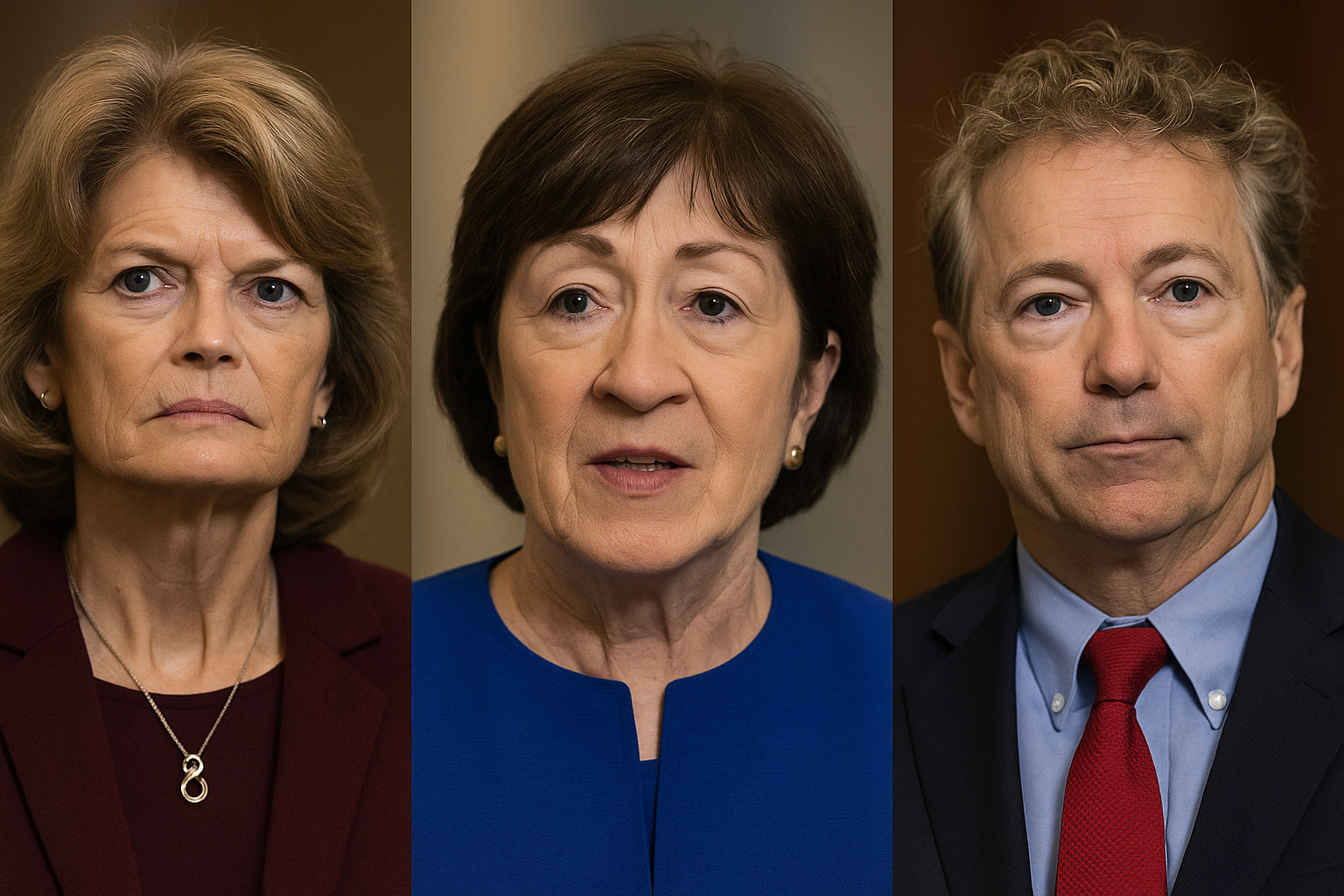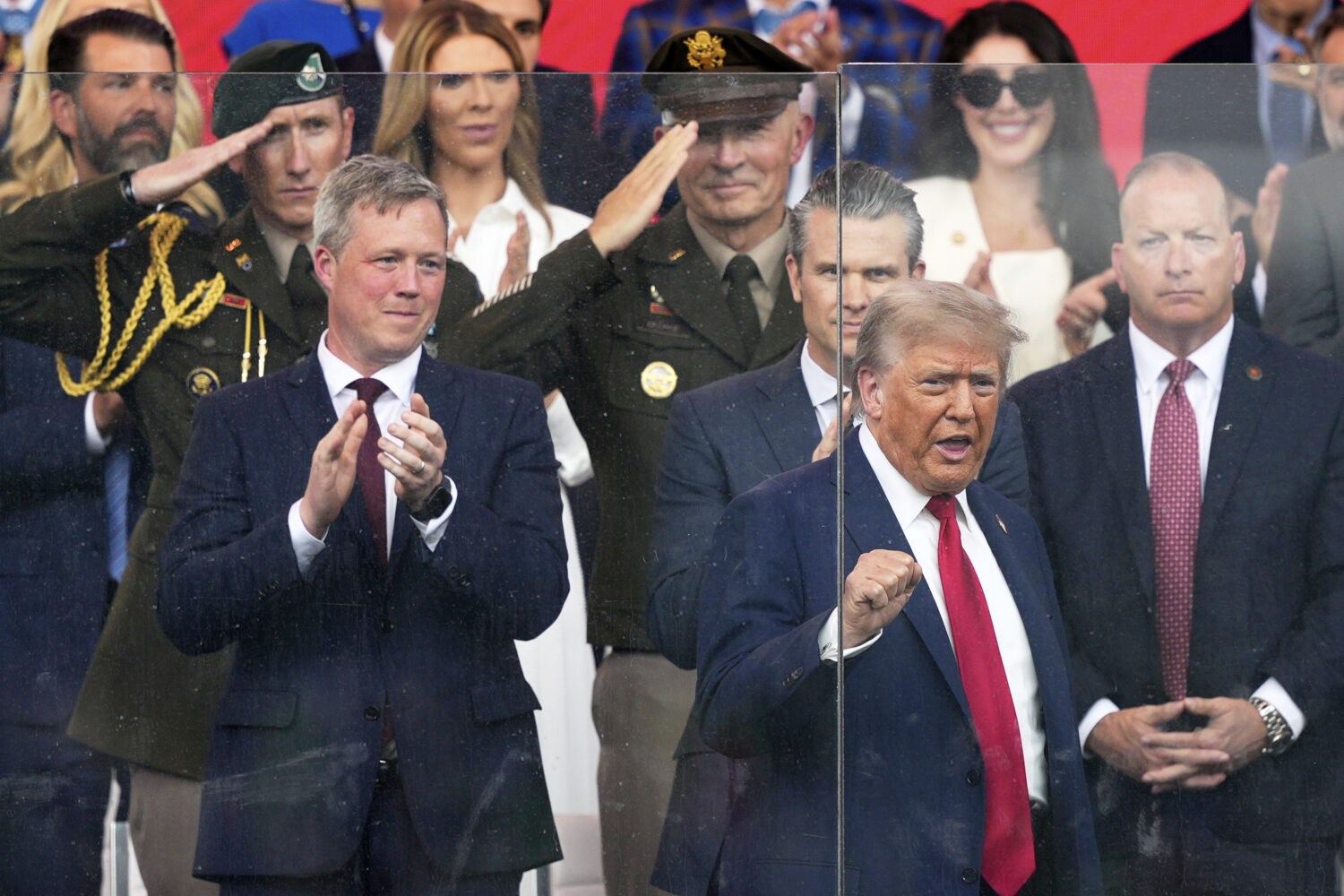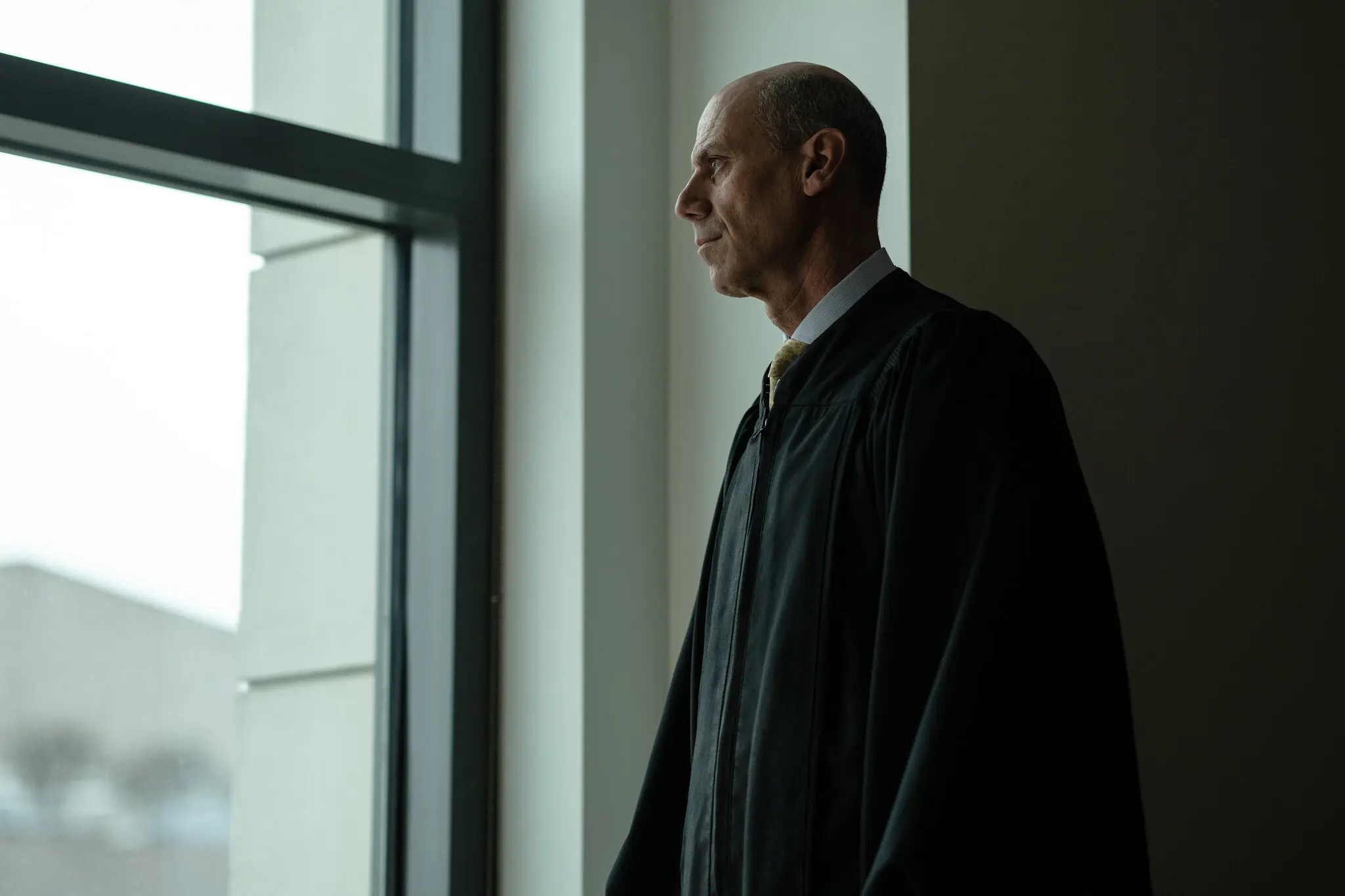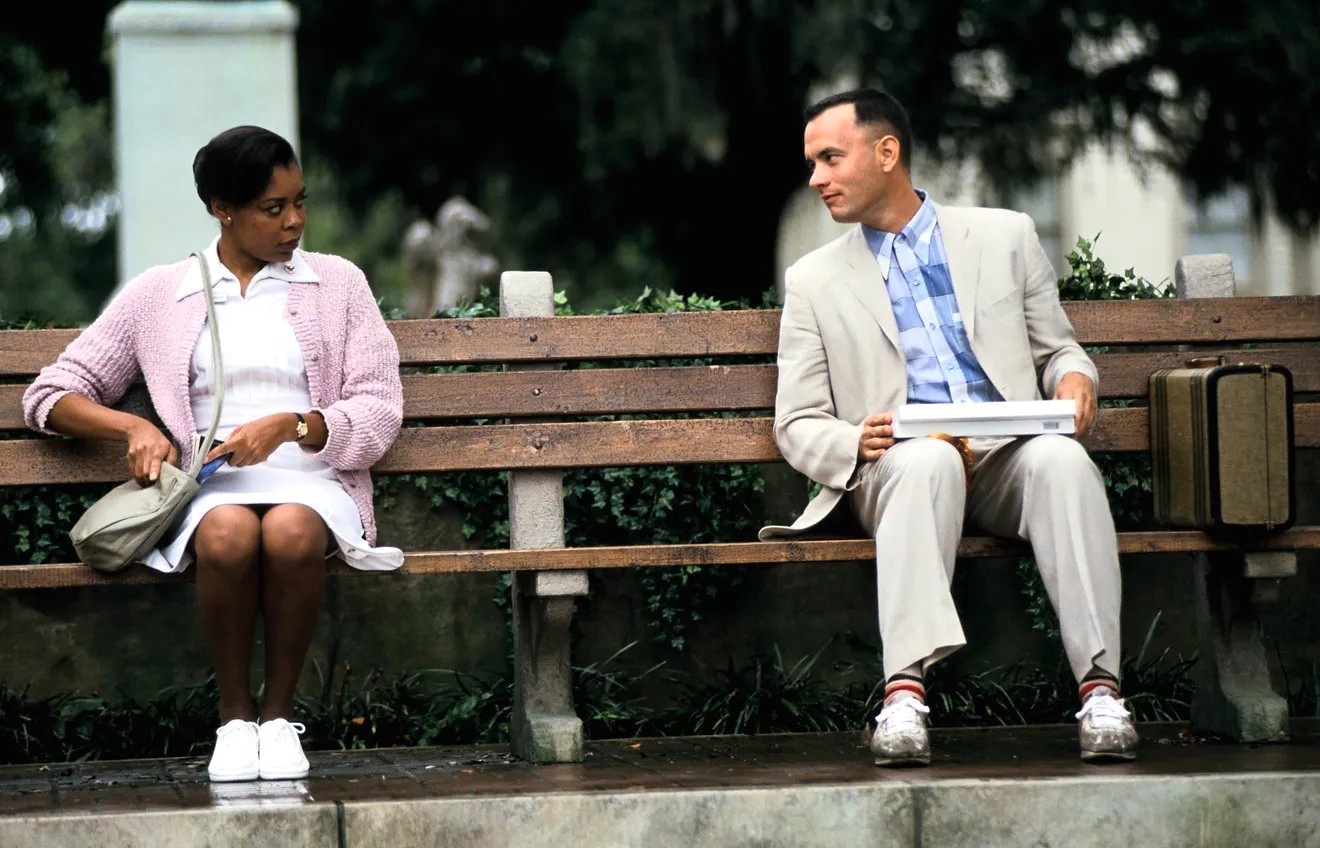
Last Thursday (Oct. 23), I explained how, after a 19-month Freedom of Information request, I obtained a copy of the only independent investigation examining allegations of misconduct in Ken Starr’s Office of Independent Counsel. Former Assistant Attorney General for the Criminal Division Jo Ann Harris and her Co-Counsel Mary Harkenrider spent 10 months and conducted 25 interviews during their investigation.
Saturday’s report (Oct. 25), covered the “brace” of Lewinsky, as well as the findings and recommendations by Harris and Harkenrider.
In June, while continuing to interview Harris about the details in her Report, one question continued to trouble me: Why did she and others continue to believe that the Report was “under seal” by the court?
The following is based on further interviews with Harris as well as the release of additional documents from the Archives.
According to DOJ policy, OPR reports are typically kept within the Department, unless the case has gained a high level of public attention. Harris tells me that in such cases, either the full report or a summary is released to the public. While the investigation was classified as an Office of Special Counsel (OSC) Report, Harris made clear to Robert Ray that she and Harkenrider would follow OPR’s analytical framework.
On December 16, Harris submitted a Summary to Ray, distilling the key points of narrative, findings, conclusions and recommendations into 21 pages.
Ray apparently disagreed with some of the findings in both the Report and Summary and proposed his own Summary. In a memo to Ray from Deputy I.C. Keith Ausbrook and Associate I.C. Julie Thomas dated January 16, 2001, the two “… recommend that you reject the Report’s finding that [the prosecutor in question] exercised poor judgment.”
In an undated fax to Ausbrook entitled, “OSC Issues with the OIC’S rendition of OSC’S summary,” Harris, dissatisfied with Ray’s Summary, sets forth several key points of disagreement including the following:
“You guys want to trade on our statements praising the OIC for respecting our independence at the same time that you are re-writing our Summary and changing our factual determinations, actions which could be read as disrespecting our independence. In Bob’s words, when we originally discussed my role and the way in which we would deal with any disagreement: ‘put both out there and let the public decide.’ ”
On January 31, 2001, Harris submitted a 24-page Summary of her Report to Ray. She reminds OIC staff that it is DOJ policy to issue summaries of OPR findings in notorious cases. The Lewinsky matter is such a case.
Between February 1 to sometime in May 2001, Harris and Ray trade summaries in an effort to find agreement on a version that can be released to the public. Frustrated at finding no middle ground, Harris tells Ray to write his own summary.
May 18, 2001: Ray files his “Final Report of the Independent Counsel In Re: Madison Guaranty” with the sub-head: “Regarding Monica Lewinsky and Others.” Appendix C of that report, lays out Ray’s own 4-page summary of Harris and Harkenrider’s 100-page Report.
Anything submitted to the Special Division, by statute, is “under seal.”
All individuals mentioned in the Independent Counsel Report are notified and given an opportunity to come to the court, read the section that references them, and, if they choose, submit their own comments. Once again, all comments are automatically “under seal” until the three-judge panel of the Special Division determines what will be released in the final public version of the Independent Counsel’s report.
On October 22, 2001, Harris reads Ray’s 2 1/2-page Summary at the Special Division courthouse.
On January 9, 2002, Harris submits rebuttal comments to the court attaching an “exhibit” (a second copy of her Report), requesting that both her comments and her full Report be released to the public in the Independent Counsel’s “Final Report.”
On February 15, 2002, Harris receives word from the Special Division denying her request.
On February 18, Harris submits a second letter to the court. In the cover letter addressed to the Honorable Judges of the Special Division, Harris writes, “Both Ms. Harkenrider and I believe it is important to our professional reputations that our comments are included with the Independent Counsel’s mis-characterization of our Report. Toward that goal, I am modifying my request of January 9, 2002, to exclude the proffer of the exhibit [her full Report] (which I assume to be the reason for the denial of my request), and ask simply that the enclosed modified letter dated February 18, 2002, be included as comments to the Independent Counsel’s Final Report.”
I contacted the Court regarding the disposition of Harris’s original (January 9, 2002) comments with attached Report. The chief deputy of the U.S. Court of Appeals wrote in an e-mail (July 28, 2014): “The Jo Ann Harris letter that you refer to in your e-mail was submitted to the Special Division under seal and remains so to this day.”
On August 7, 2014, I drafted a letter to Judge Merrick Garland, chief judge of the U.S. Court of Appeals with a request to unseal the Harris comments.
August 19, 2014, a special assistant to Garland responds: “Because Chief Judge Garland is recused in the matter. …However, I am forwarding your letter to Judge David B. Sentelle, who was the former Presiding Judge of the Special Division … ”
September 5th letter from Sentelle: “The Special Division no longer exists, and I have no remaining authority over anything connected to that Division.”
Another Archives search resulted in a copy of Harris’s February 16th and 18th letters to the clerk of the Special Division, which are not under seal. The February 16th letter puts forth her comments absent the exhibit (second copy of her Report) contained in her original January 9, 2002 letter. Harris reiterates her agreement with Ray when she and Harkenrider decided to undertake their investigation.
“We discussed what would happen if he [Ray] did not accept my findings, conclusions, or recommendations. Our shared view was that in such an event, the public interest was so great and public accountability so important that both my findings and conclusions, and his, would be made matters of record, giving members of the public the information needed to form their own views.”
The Harris letter further makes clear that “… under the analytical framework by the Department’s Office of Professional Responsibility (OPR) in such investigations, a finding of ‘no professional misconduct’ is just the beginning of the inquiry, not the end. Thus, looking beyond the black letter of the regulation… we further found that the OIC attorney who was responsible for the overall confrontation with Ms. Lewinsky and who had virtually all of the contact with her that day, ‘exercised poor judgment and made mistakes in his analysis, planning and execution of the approach to Lewinsky.’
“Mr. Ray,” Harris writes, “accepted our findings of fact, but he isolated one limited aspect of our analysis as the basis for his determination that the OIC attorney in question had not shown poor judgment in the confrontation with Monica Lewinsky. The Independent Counsel’s description is so selective and cursory that it may lead to a misunderstanding of Special Counsel’s work product and trivialize the allegations involved.”
During my research, I interviewed the attorney Harris identifies as demonstrating poor judgment. Currently in private practice, and concerned about the effect on his reputation that the Report might have, he said that a court order existed preventing the release of the Harris Report. He suggests I contact law professor Ken Gormley for a copy of the order. Gormley’s book, “The Death of American Virtue,” examined the entire independent counsel investigation. Gormley e-mailed back saying that he had never seen a copy of the order. He was taking the word of both the attorney in question and Jo Ann Harris.
In an e-mail, the attorney said that he would have his D.C. attorney call me, and that she could provide a copy. After not hearing from her, I tracked down her office and e-mail, and requested a copy of the order. She did not respond.
Based on the best available evidence, there appear to be two scenarios:
1. The counsel to the attorney in question in Harris’s report succeeded in getting an order from the court that, in the words of the attorney in question, “… prevents Harris, Ray and DOJ from publishing the Harris Report.”
Harris tells me that if such an order exists that specifically prohibits her from publishing the Report, she should have received a copy. Harris says that she never received such an order. All attempts to receive a copy from the attorney in question or his counsel have been unsuccessful.
2. After Harris submitted her January 9, 2002 letter requesting that her comments along with an attached second copy of her Report be published in Ray’s “Final Report,” the Special Division elected not to publish those comments. This is confirmed in Harris’s follow-up letter, dated February 18, 2002. That same letter, located in the Independent Counsel files and not under seal, requests that her comments be published without the attached Report.
On March 6, 2002, the Special Division released Independent Counsel Robert Ray’s “Final Report” absent any and all comments submitted by Jo Ann Harris.
In this second scenario, when word reaches the OIC confirming that Harris’s original January 9, 2002 comments with attached Report will remain under seal, the counsel for the attorney in question ceased her work on behalf of her client, and everyone believed, including Harris, that the Special Division sealed her Report.
In fact, the Report prepared by Special Counsel’s Harris and Harkenrider was never sealed, according to the Archives, and the deputy clerk of the U.S. Court of Appeals confirms that it is only Harris’s January 9th comments with attached Report that “remains under seal to this day.”
Ken Starr declined four requests for an interview. Jackie Bennett and Robert Ray did not respond to voice messages.
* * *
I cannot finish my own report without expressing my sincere thanks to several individuals who provided their time and resources in helping me put together the best understanding of these events.
Ken Courter, Acting Chief, FOIA/Privacy Act Unit at the Department of Justice who, after I encountered six unproductive months searching for the Report, steered me in the direction of the Archives.
Martha Wagner Murphy, Chief Special Access and FOIA Staff at the National Archives and Records Administration (NARA) who, without complaint, tolerated my many e-mail follow-ups.
Marilyn Sargent, the tough-as-nails (as she should be) Chief Deputy Clerk, U.S. Court of Appeals, D.C. Circuit.
Robert Reed, Archivist Extraordinaire at NARA who was constantly tested by my many questions and searches. “Thanks, Rob!”
Mary Harkenrider, co-counsel on the Report, a let’s-get-it-right attorney and ethicist; and finally…
Jo Ann Harris, who, even in retirement, allowed me into her world in September, 2011 just a crack, but a year later, we began to talk. While she maintained a personal copy of her files, NEVER once, did she ever share any of those files. It was only AFTER I received copies from the Archives (along with verification from the archivist) that she would then comment on the material. Her integrity and tenacity in sticking to her standards and sticking by me made a difficult process much easier: many phone calls, many questions, and she answered them all to the best of her ability. She and Harkenrider are the Gold Standard of what a Justice attorney should be.
Next: Final Thoughts
Comments











